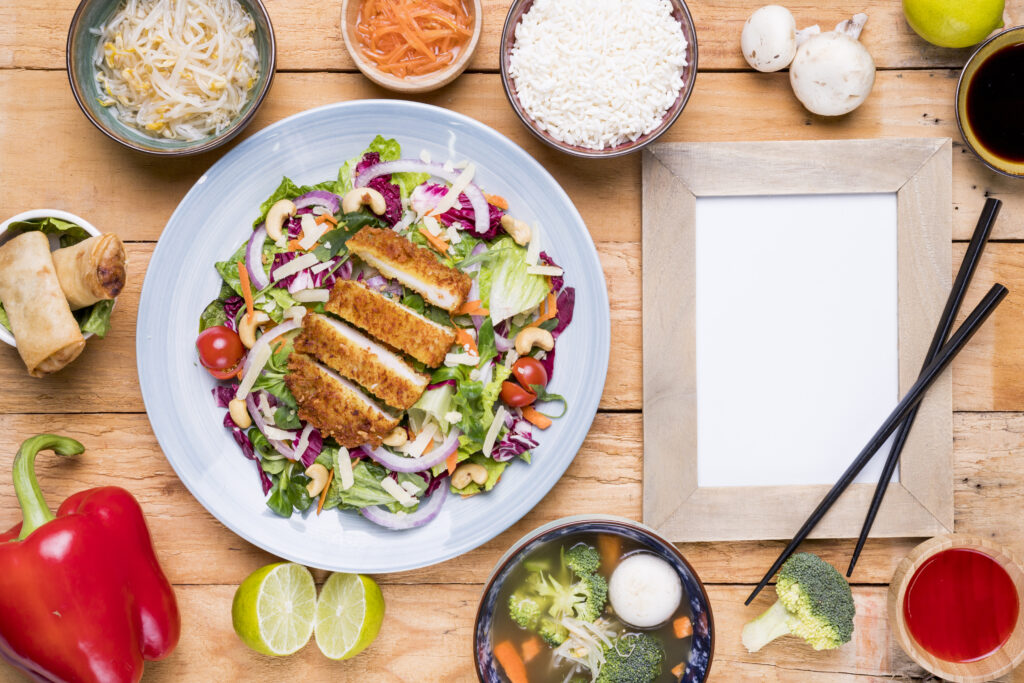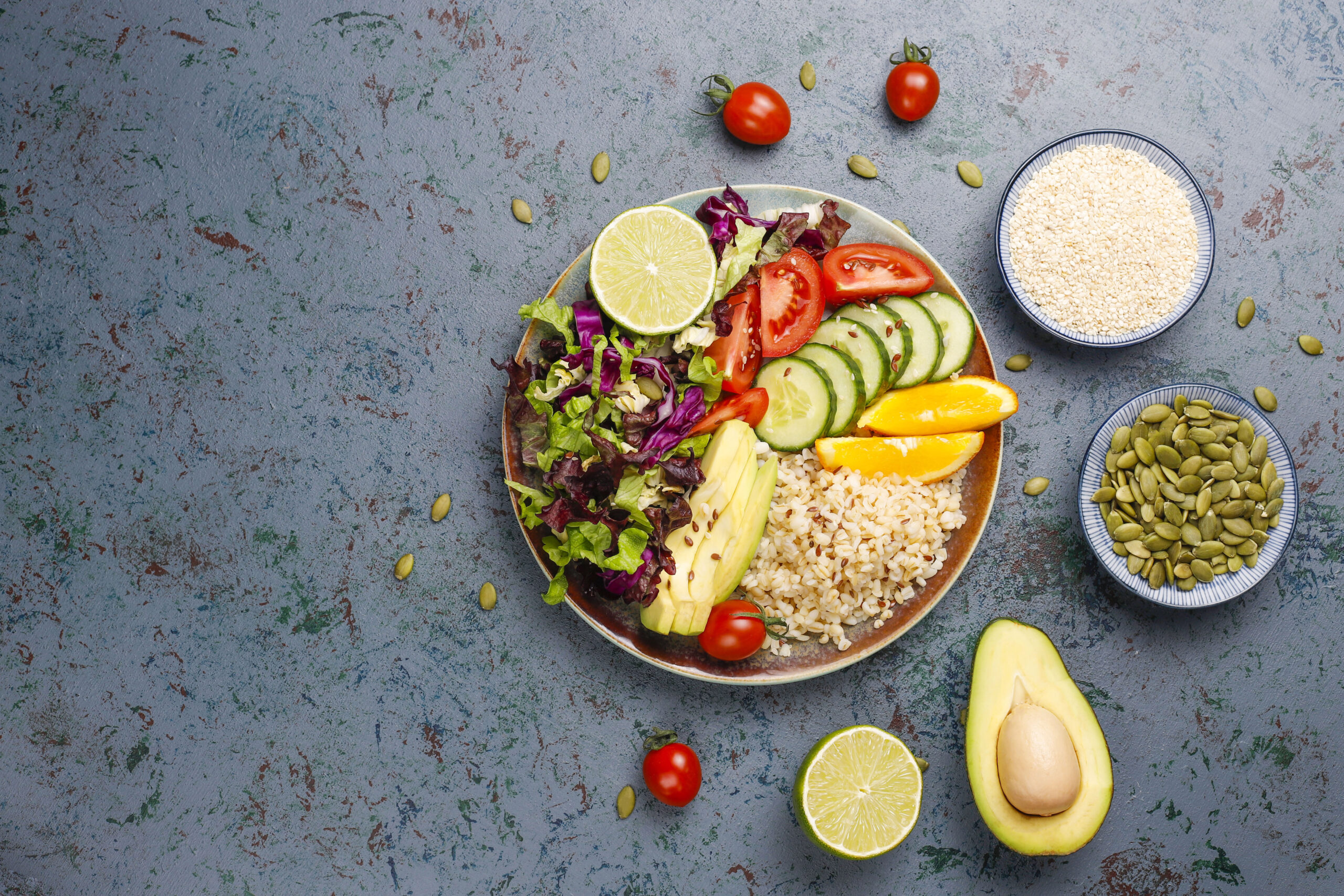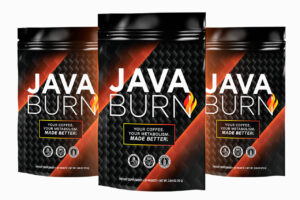Introduction
In the hustle and bustle of modern life, attaining and sustaining a healthy weight can often seem like a daunting challenge. With so many diet trends and conflicting information, it’s easy to feel overwhelmed. But what if there was a simple, sustainable approach to weight loss that didn’t involve deprivation or extreme measures? Enter the weekly meal plans for weekly weight loss. In this comprehensive guide, we’ll explore the ins and outs of weekly meal planning for weight loss. From understanding the basics to practical tips and delicious recipes, you’ll learn everything you need to know to make meal planning a breeze.
1. The Basics of Weekly Meal Planning
Setting Objectives:
Creating a Menu:
Grocery Shopping:
Preparation:
2. Key Components of Effective Meal Plans
A successful meal plan incorporates a balance of macronutrients (protein, carbohydrates, and fats) and micronutrients (vitamins and minerals) to support overall health and weight loss. Some key components to consider include:
Lean Proteins
Chicken Breast:
Skinless, boneless chicken breast is a staple in many meal plans due to its high protein content and versatility. It can be grilled, baked, or sautéed and paired with a variety of flavors and seasonings.
Turkey:
Lean turkey, whether ground or in breast form, is another excellent protein option. It’s lower in fat than many other meats and provides a good dose of protein to keep you feeling satisfied.
Fish:
Fatty fish like salmon, trout, and mackerel are not only rich in protein but also omega-3 fatty acids, which have been shown to promote heart health and aid in weight loss.
Tofu and Tempeh:
For vegetarians and vegans, tofu and tempeh are excellent sources of plant-based protein. They can be marinated, grilled, or stir-fried to add protein to vegetarian meals.
Legumes:
Beans, lentils, and chickpeas are affordable and versatile sources of protein and fiber. They can be added to soups, salads, or casseroles to bulk up meals and provide long-lasting energy.
Incorporating lean proteins into your meal plan not only helps you feel full and satisfied but also supports muscle growth and repair, which is essential for maintaining a healthy metabolism and promoting weight loss.
Complex Carbohydrates
Carbohydrates often get a bad rap when it comes to weight loss, but not all carbs are created equal. Complex carbohydrates, found in whole grains, fruits, vegetables, and legumes, provide sustained energy and essential nutrients without causing spikes in blood sugar levels. Some examples of complex carbohydrates to include in your meal plan are:

Whole Grains:
Opt for whole grains like brown rice, quinoa, oats, and barley, which are rich in fiber and B vitamins. They provide a steady source of energy and help keep you feeling full and satisfied between meals.
Fruits and Vegetables:
Colorful fruits and vegetables are packed with vitamins, minerals, and antioxidants, making them essential components of any healthy meal plan. Aim to fill half your plate with fruits and vegetables at each meal to increase your intake of fiber and micronutrients.
Beans and Legumes:
In addition to being a source of protein, beans and legumes are also rich in complex carbohydrates and fiber. They help regulate blood sugar levels and promote feelings of fullness, making them an excellent addition to any meal plan.
Starchy Vegetables:
Healthy Fats
Contrary to popular belief, fats are an essential macronutrient that plays a crucial role in overall health and weight loss. Healthy fats, found in foods like avocados, nuts, seeds, and olive oil, provide a concentrated source of energy and help support various bodily functions. Some examples of healthy fats to include in your meal plan are:
Avocado:
Avocado is rich in monounsaturated fats, which have been shown to reduce inflammation and improve heart health. Spread avocado on whole grain toast, add it to salads or smoothies, or use it as a creamy base for sauces and dressings.
Nuts and Seeds:
Almonds, walnuts, chia seeds, and flaxseeds stand out as superb sources of beneficial fats, fiber, and protein. Sprinkle them on top of yogurt or oatmeal, toss them into salads, or enjoy them as a satisfying snack on their own.
Olive Oil:
Extra virgin olive oil is a staple of the Mediterranean diet and is prized for its high concentration of antioxidants and anti-inflammatory properties. Use it for cooking, salad dressings, or drizzle it over roasted vegetables for added flavor and richness.
Fatty Fish:
Fatty fish like salmon, trout, and sardines are not only rich in protein but also omega-3 fatty acids, which have been shown to reduce inflammation and support brain health. Aim to include fatty fish in your meal plan at least twice a week for optimal health benefits.
Coconut:
Coconut oil and coconut milk are rich sources of saturated fats, which have been shown to increase HDL (good) cholesterol and improve heart health. Use coconut oil for cooking or coconut milk in curries, soups, and smoothies for a creamy texture and tropical flavor.
3. Planning Tools and Resources
Meal Planning Apps:
Apps like Mealime, Plan to Eat, and Paprika offer customizable meal plans, grocery lists, and recipe storage.
Online Recipe Databases:
Websites like Pinterest, Allrecipes, and EatingWell provide endless inspiration for healthy and delicious meals.
Physical Planners:
For those who prefer a tactile approach, planners like the Erin Condren Meal Planner or the Happy Planner Meal Planning Inserts offer space to jot down menus and shopping lists.
4. Creating Your Customized Meal Plan
While there’s no one-size-fits-all approach to meal planning, customizing your plan to fit your unique preferences and lifestyle is key to long-term success. Consider factors such as:
Dietary Preferences:
Whether you’re vegan, vegetarian, paleo, or gluten-free, there are endless options to accommodate your dietary needs.
Cuisine Preferences:
Experiment with different cuisines and flavor profiles to keep meals exciting and prevent boredom.
Time Constraints:
Choose recipes that fit your schedule, whether you’re a busy professional, a parent on the go, or a student with limited time to cook.
5. Meal Prep Tips for Success
Efficient meal prep is the cornerstone of successful meal planning, allowing you to save time and stay on track with your goals. To simplify the process, take into account the following suggestions:
Set Aside Time:
Dedicate a few hours each week to meal prep, such as Sunday afternoon or a free evening.
Batch Cooking:
Cook large batches of staple ingredients like grains, proteins, and vegetables to mix and match throughout the week.
Invest in Quality Containers:
Choose durable, airtight containers to store prepped meals and keep them fresh longer.
Label and Organize:
Label containers with the meal name and date to easily identify what’s inside, and organize them in the fridge for quick access.
6. Incorporating Variety and Flavor
One of the biggest challenges of meal planning is keeping meals interesting and flavorful. To avoid falling into a rut, consider these strategies:
Experiment with Spices:
Explore different spice blends and seasonings to add depth and complexity to your meals.
Try New Recipes:
Challenge yourself to try one new recipe each week to expand your culinary repertoire.
Embrace Seasonal Produce:
Take advantage of seasonal fruits and vegetables to add freshness and variety to your meals.
Get Creative with Leftovers:
Reinvent leftovers into new dishes, such as turning roasted vegetables into a hearty salad or repurposing grilled chicken into tacos.
7. Strategies for Dining Out
Dining out doesn’t need to disrupt your weight loss journey. By planning ahead and being mindful, you can savor restaurant meals without veering off course from your goals. Consider the following strategies:
Research Menus in Advance:
Look up restaurant menus online before dining out to identify healthy options and plan your order.
Make Smart Substitutions:
Swap out high-calorie ingredients like creamy sauces and fried foods for healthier alternatives like grilled or steamed options.

Practice Portion Control:
When dining out, portion sizes are often larger than what you’d eat at home. Consider sharing an entry with a friend or asking for a to-go box to save half for later.
8. Weekly Meal Plans for Different Lifestyles
Meal planning is flexible and can be adapted to fit any lifestyle or dietary preference. Whether you’re a busy professional, a parent feeding a family, or an athlete fueling your workouts, there’s a meal plan for you. Here are some examples:
Busy Professional:
For busy professionals, convenience is key. Opt for quick and easy meals that require minimal prep time, such as overnight oats for breakfast, salads or wraps for lunch, and sheet pan dinners for dinner. Batch cooking on weekends can help streamline meal prep during the week, ensuring you have nutritious meals ready to go when time is limited.
Family-Friendly:
When planning meals for a family, it’s important to consider everyone’s tastes and preferences. Choose family-friendly recipes that are simple to prepare and appeal to both kids and adults, such as whole grain pancakes for breakfast, DIY taco night for dinner, and hearty soups or stews that can be made in large batches and enjoyed throughout the week.
Athlete:
Athletes have unique nutritional needs, requiring a balance of macronutrients to fuel their workouts and support recovery. Focus on meals that are high in protein and carbohydrates to provide energy and support muscle repair, such as protein smoothies for breakfast, lean protein sources like chicken or fish with quinoa and vegetables for lunch, and hearty grain bowls or pasta dishes for dinner.
Students:
For students on a budget, meal planning can help stretch your dollars and ensure you’re getting the nutrition you need to fuel your studies. Look for affordable ingredients that can be used in multiple meals, such as eggs, beans, rice, and frozen vegetables. Consider batch cooking staple ingredients like grains and proteins to mix and match throughout the week, and don’t forget to take advantage of student discounts and bulk buying options to save money on groceries.
9. Tracking Progress and Adjustments
As you begin your path towards weight loss, it’s crucial to monitor your advancements and adapt as necessary. Here are some tips for monitoring your success:
Keep a Food Journal:
Write down everything you eat and drink throughout the day to identify patterns and areas for improvement.
Measure Your Results:
Use tools like a scale, tape measure, or body fat calipers to track changes in weight, inches lost, and body composition.
Listen to Your Body:
Pay attention to how you feel both physically and emotionally after meals, workouts, and throughout the day. Adjust your meal plan accordingly based on your needs and preferences.
10. FAQs About Weekly Meal Planning
How do I choose the right meal plan for my goals?
Start by assessing your dietary preferences, lifestyle, and weight loss objectives. Consult with a registered dietitian for personalized recommendations tailored to your needs.
Can I still enjoy my favorite foods while on a meal plan?
Absolutely! Incorporating your favorite foods in moderation can help prevent feelings of deprivation and promote long-term adherence to your meal plan.
Is meal prepping necessary for successful weight loss?
While meal prepping can simplify the week ahead, it’s not mandatory. Find a meal planning strategy that fits your schedule and lifestyle, whether it’s prepping in advance or cooking meals on the fly.
How can I stay motivated to stick to my meal plan?
Set realistic goals, celebrate your progress, and focus on how eating nutritious meals makes you feel. Surround yourself with a supportive community or enlist the help of an accountability partner to stay on track.
What should I do if I fall off track with my meal plan?
Don’t dwell on setbacks; instead, focus on getting back on track with your next meal. Reflect on what triggered the deviation and brainstorm strategies to prevent it from happening again in the future.
Can I modify my meal plan if it's not working for me?
Absolutely! Your meal plan should evolve as your needs and preferences change. Don’t hesitate to tweak recipes, adjust portion sizes, or seek guidance from a nutrition professional if you’re not seeing the results you desire.
Conclusion
Meal planning is a powerful tool for weight loss and overall health, offering a practical and sustainable approach to nutrition. By taking the time to plan and prepare your meals in advance, you can streamline your week, save time and money, and achieve your weight loss goals with ease. Remember, consistency is key, so stick with it and trust the process. get more details about diet plan check out here!




One thought on “Effortless Weekly Meal Plans for Weight Loss”